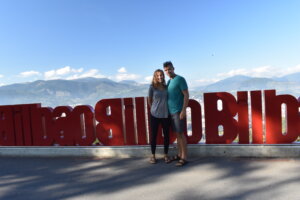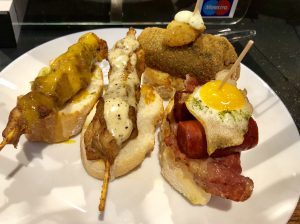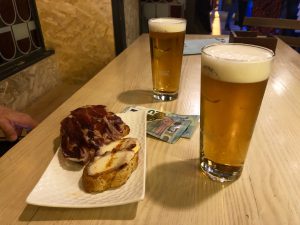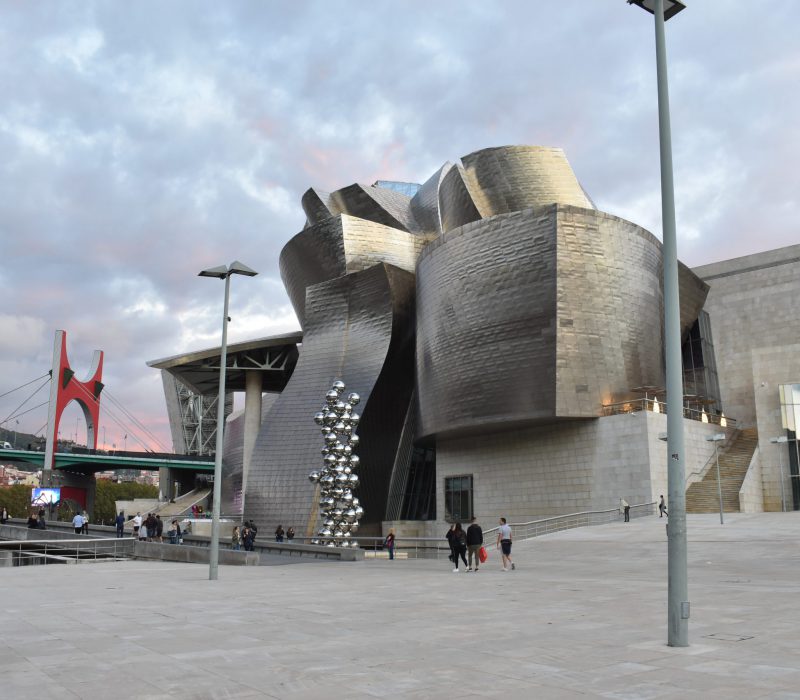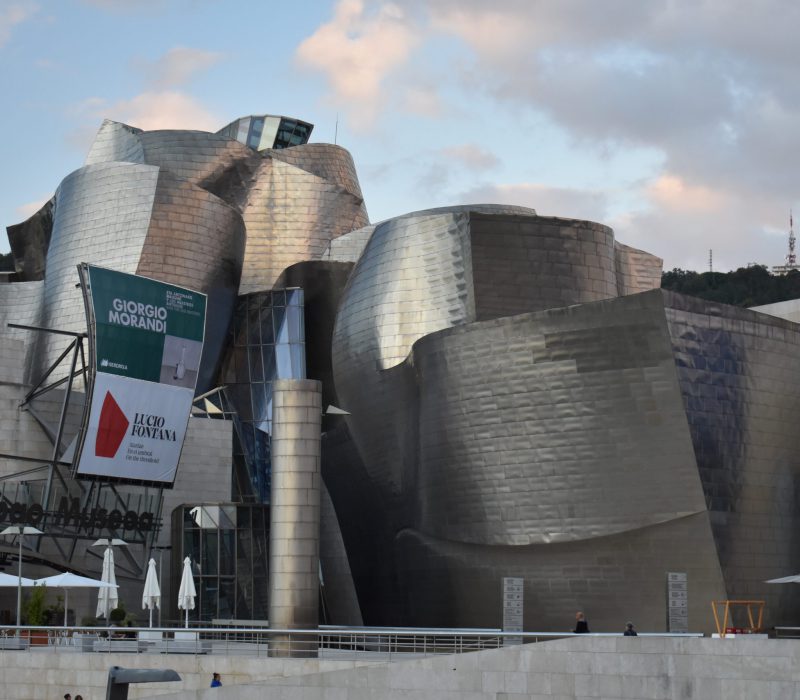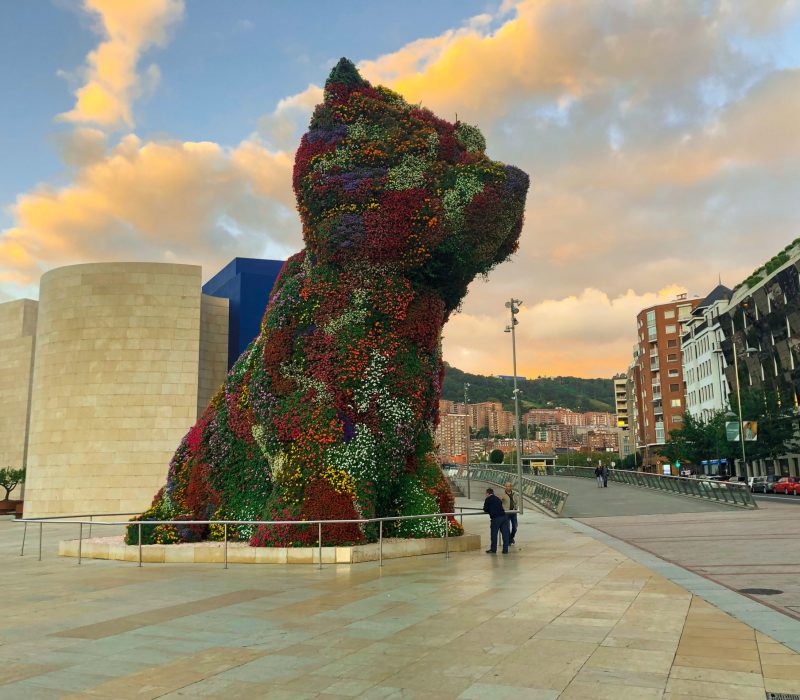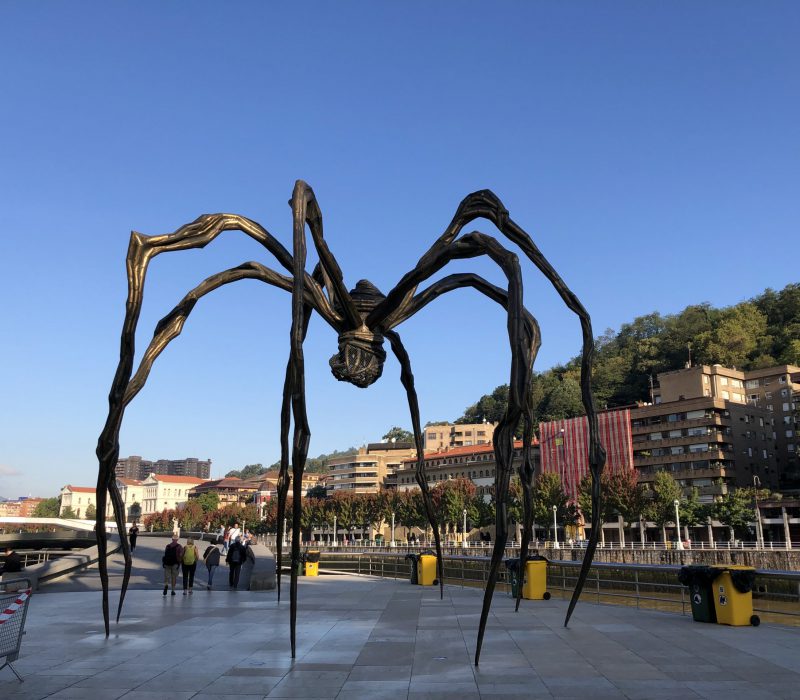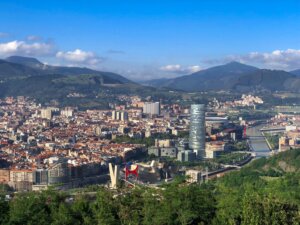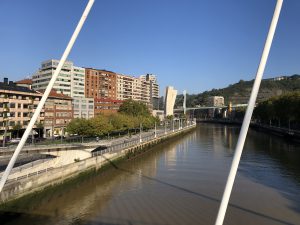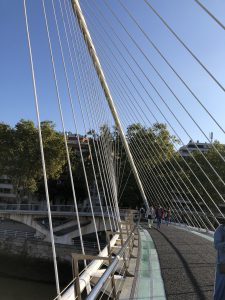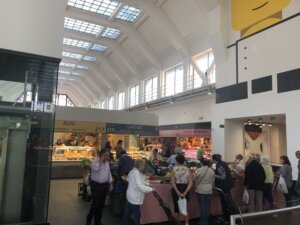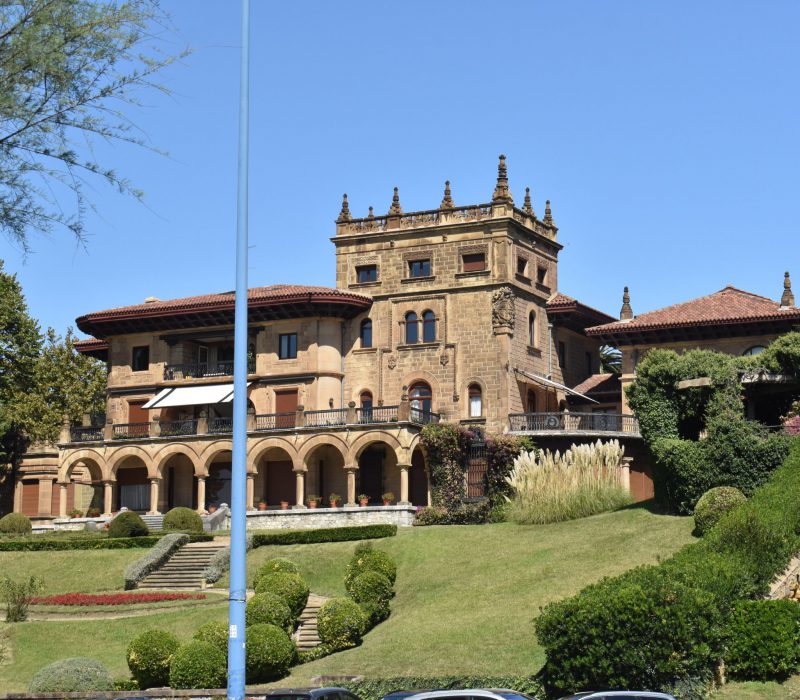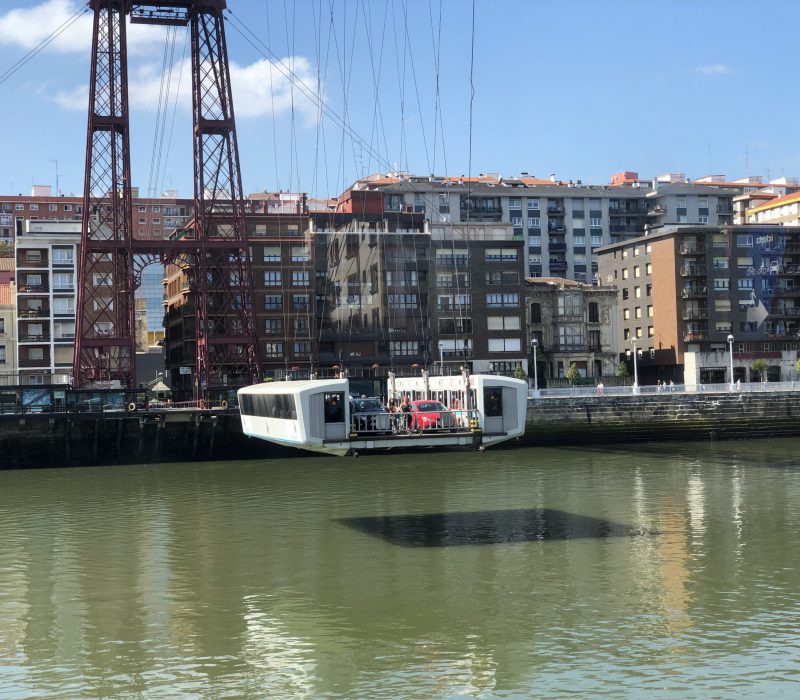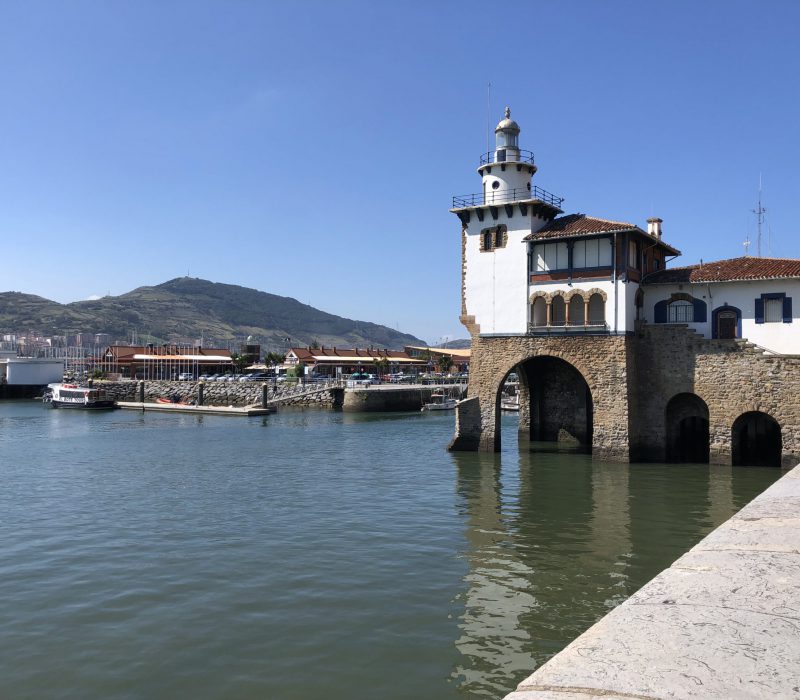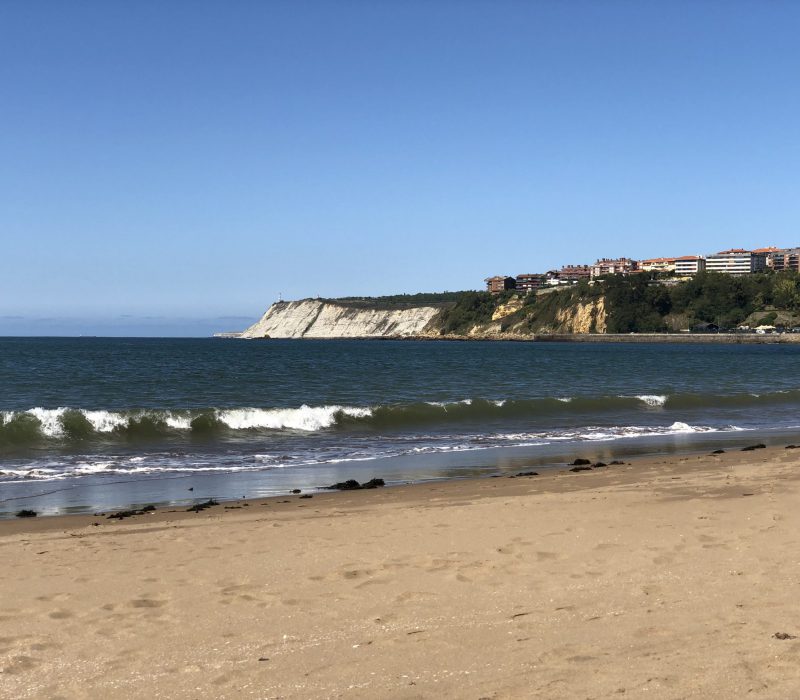Ecuador’s capital city of Quito is where most international travelers will fly into. The city has a lot to see and do. It is worth staying a few days to explore the city. It’s a large, sprawling city full of lots of different neighborhoods to explore.
The city of Quito is at 9,350 feet elevation. It’s a good idea to give yourself a day or two here to adjust to the altitude before heading out into the mountains higher up. Quito is one of the tallest capital cities in the world. We chose to base ourselves in the historic center since that is where most of the attractions are located. Quito’s historic center has been named a UNESCO World Heritage Site. There’s a ton of history here to learn about.

The first thing we would suggest doing when you arrive in the city of Quito is to take a free walking tour. We cannot say enough good things about these types of tours. They really help orient you to the city and help you gain knowledge you would not otherwise get. The tours are also a great way to meet other travelers. We went with https://freewalkingtourecuador.com They offer a morning and an afternoon tour. The tour starts at the community hostel.
From the hostel, we headed to the central market to learn about some of the local fruits, vegetables, foods to try and traditions. One tradition we learned about was using various herbs to treat symptoms of Espanado. The people of Quito believe certain herbs can cure many ailments. There is a stall in the market where they will put together all the herbs you need to feel better based on your symptoms and when/where they started. At the market, we also got to taste several different types of fruit. We had never heard of most of these fruits before coming to Ecuador. We tried, tomate árbol, naranjilla and chirmoya.

At another stop along the tour, we got to taste mistelas which are small candies filled with different types of liquors. Next to the candy stall was an ice cream place, our guide recommended trying taxo ice cream (a type of passion fruit) so we bought a small cup as we passed by. It was delicious!
In the historic center of town we learned about the nuns in the city and where they live. We saw the tradition of using cow, chicken and other animal bones on the floor in the entrance to homes as a type of “status symbol” that the family had money. We also learned that wealthy families would want to be buried as close to God as they could so would pay the church to be buried on the grounds. One church we visited had tombs under the floor which our guide said are all opened up on dia de los meurtos ( day of the dead) every year.
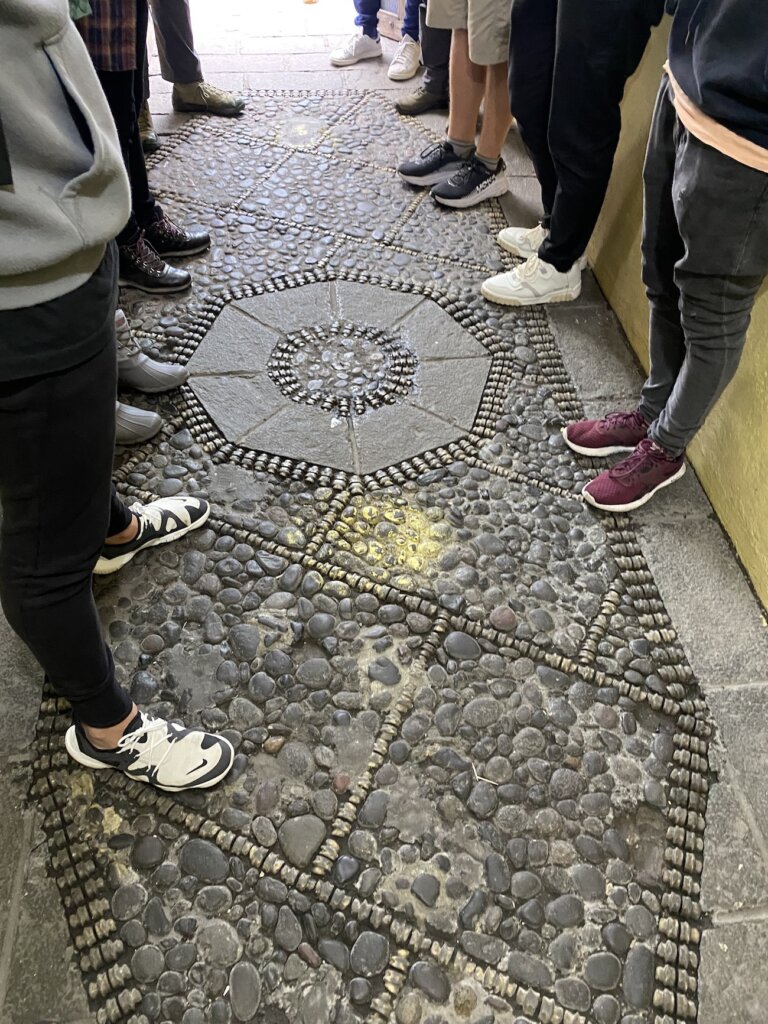
Our tour ended with a chocolate tasting near the Plaza de San Francisco. It was about three hours in total and well worth it. We did tip at the end, as is expected on these tours. Our guide said “typical” is $10 a person if you enjoyed the tour.
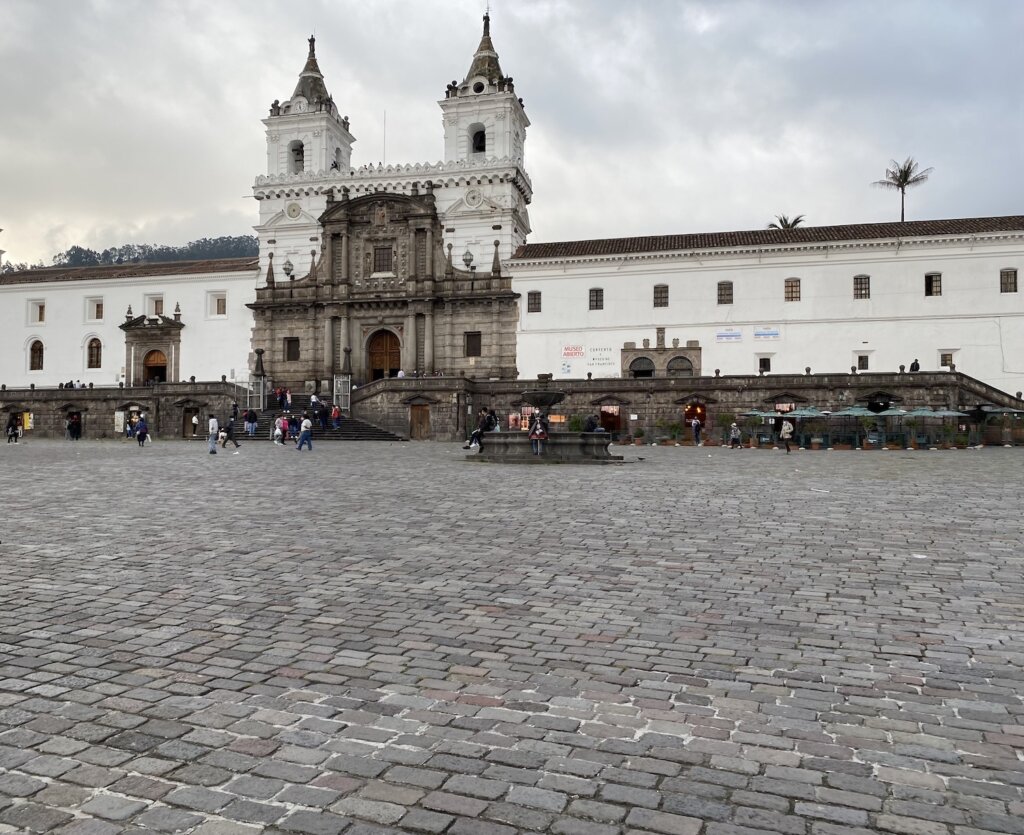
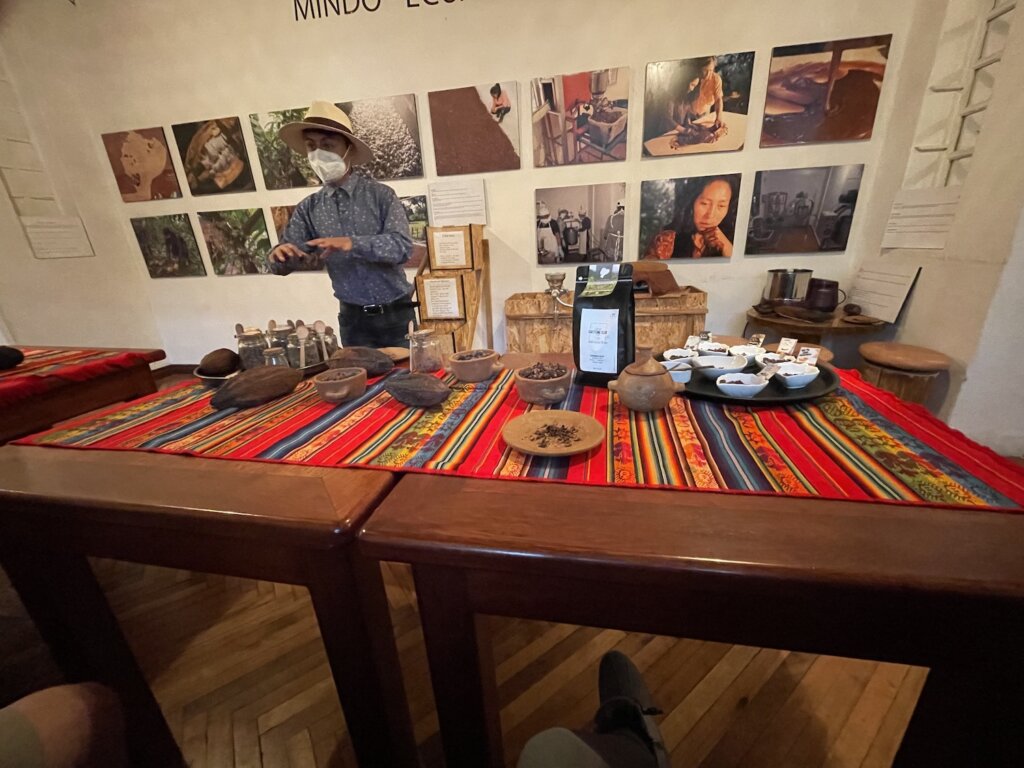
The other activity we really enjoyed in the historic center was climbing the Basilica del Voto Nacional’s spire. It cost us $2 to enter the church and walk around the main floor. From there, we then paid $3 for non-locals ($2 for locals) to go up in the spires.
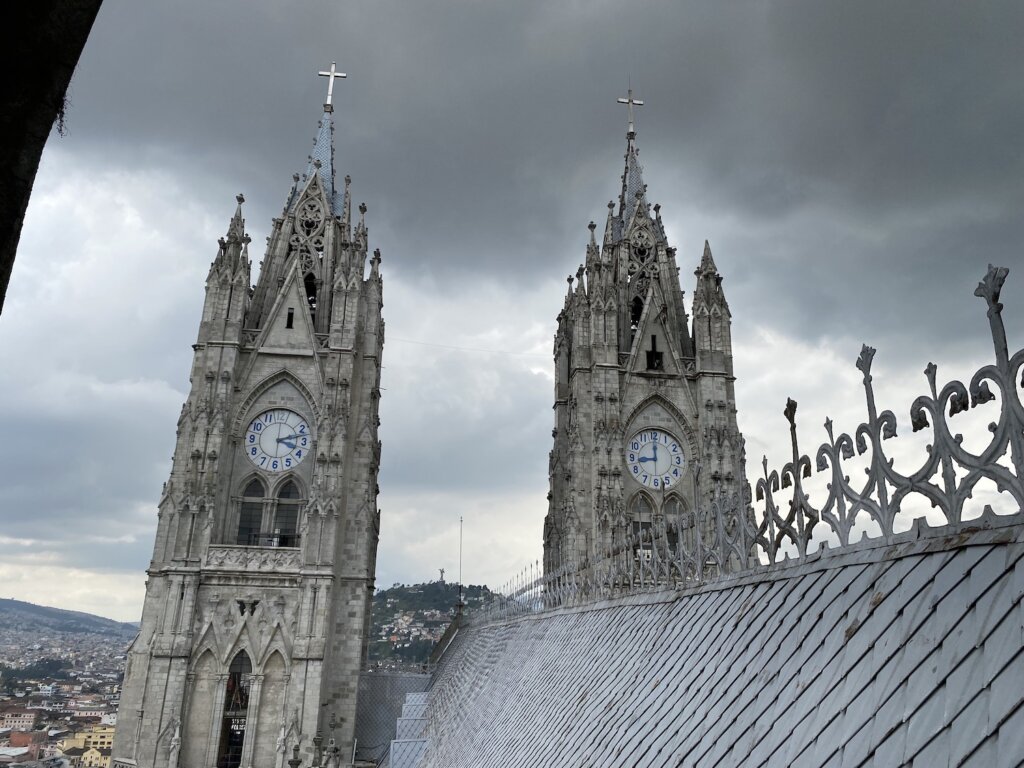
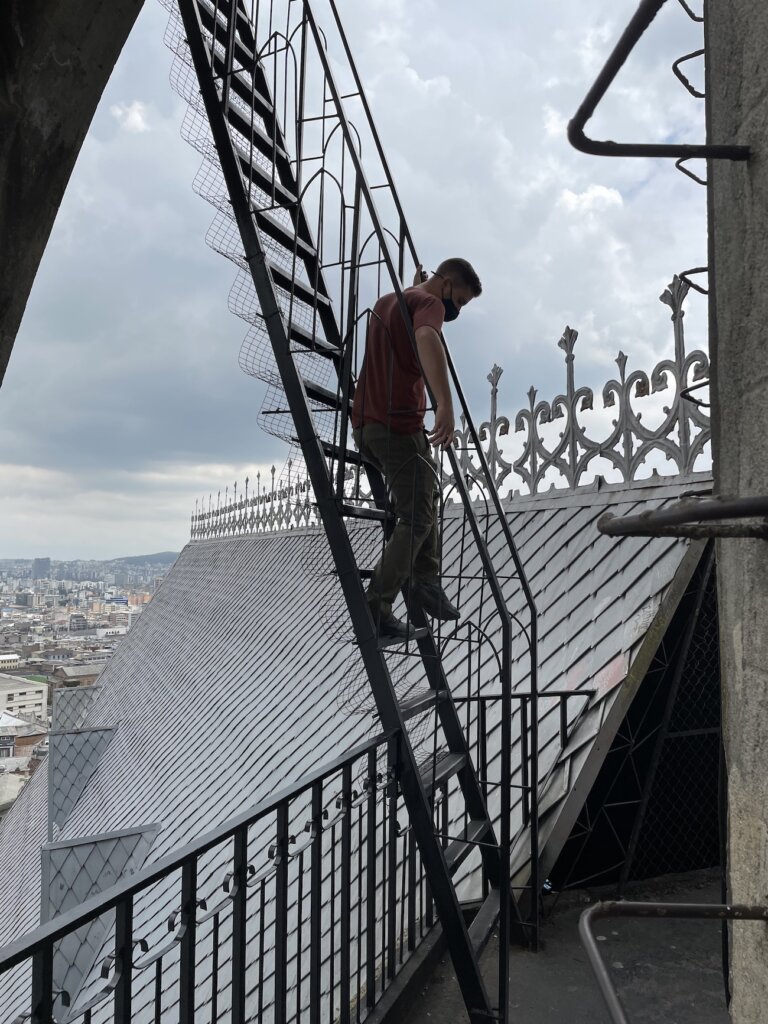
You can take an elevator or climb the stairs, we chose the stairs. It is a small, winding staircase so if you have any mobility issues the elevator is likely a better way to go. After climbing around, exploring the church we enjoyed some empeñadas verde and some coffee at a small cafe in the main square of the basilica.
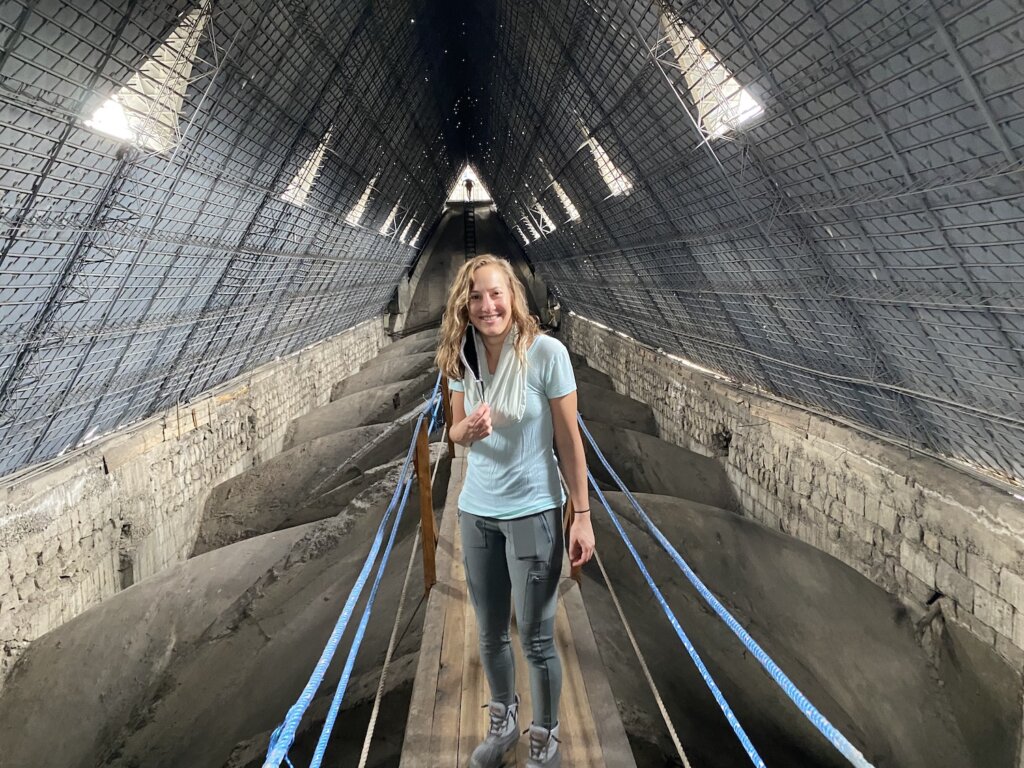
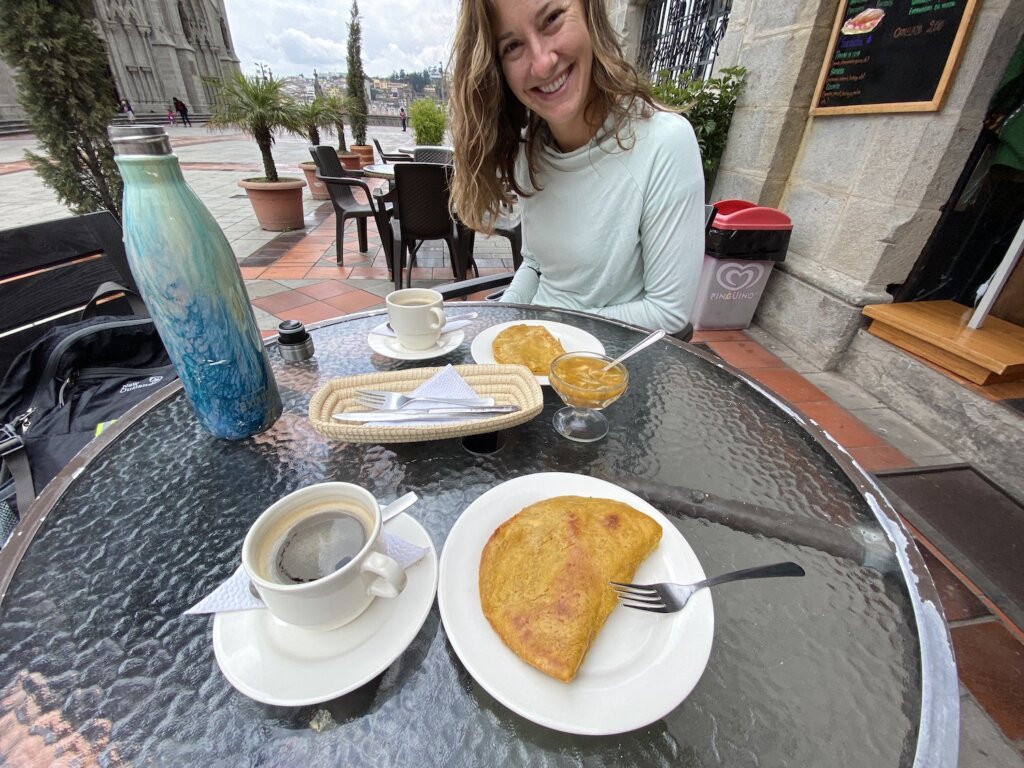
Another nice place to visit in this area of Quito is Parque Itchimbía. Up at the park there is a really nice walkway, lots of green open areas, a glass treehouse and great views of the city. It seemed to be a very popular place with the locals for dog-walking, biking and running.

We also really enjoyed Parque El Ejido. We walked over in this area on Sunday morning. There were local artists setting up exhibits along the park edge. We saw some really nice art here. There were several awesome paintings we would have loved to buy but they wouldn’t have fit in our backpacks for the trip home. The city of Quito also closes several major streets on Sundays for bikers. The park was a very busy place, full of lots of people biking through.
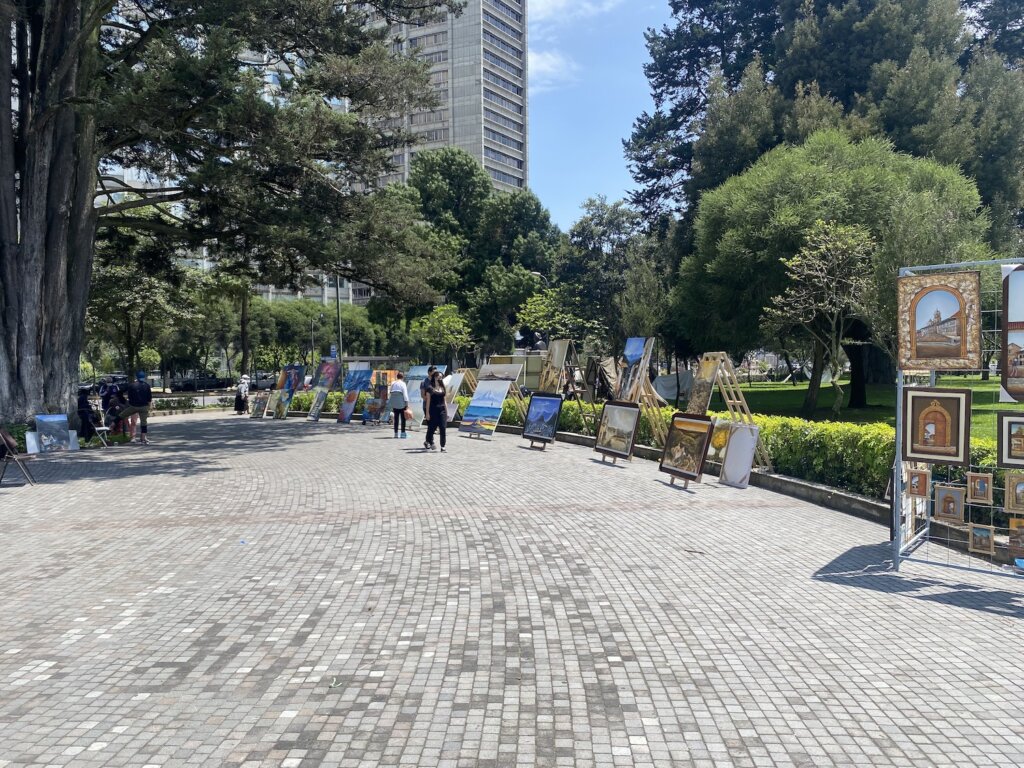
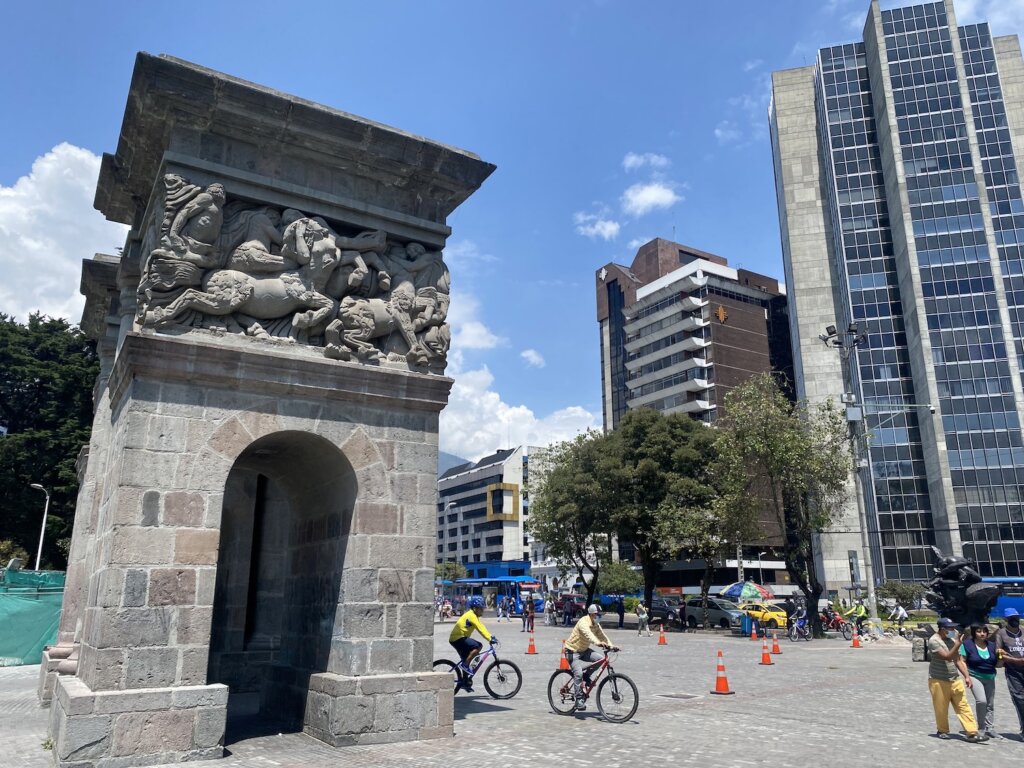
After exploring the historic part of the city we headed about 30-40 minutes outside of town to visit Mitad del mundo. Mitad del mundo is a monument that is located where the French first drew the line for the equator. It has since been proved by GPS to be about 240 meters/790 feet off the actual equator. But still, this is the place everyone comes to see.
You can meet at the community hostel on Sundays at 2:30 and take a bus to visit this site. We believe the cost of that is $10 a person plus entrance fees once you arrive.
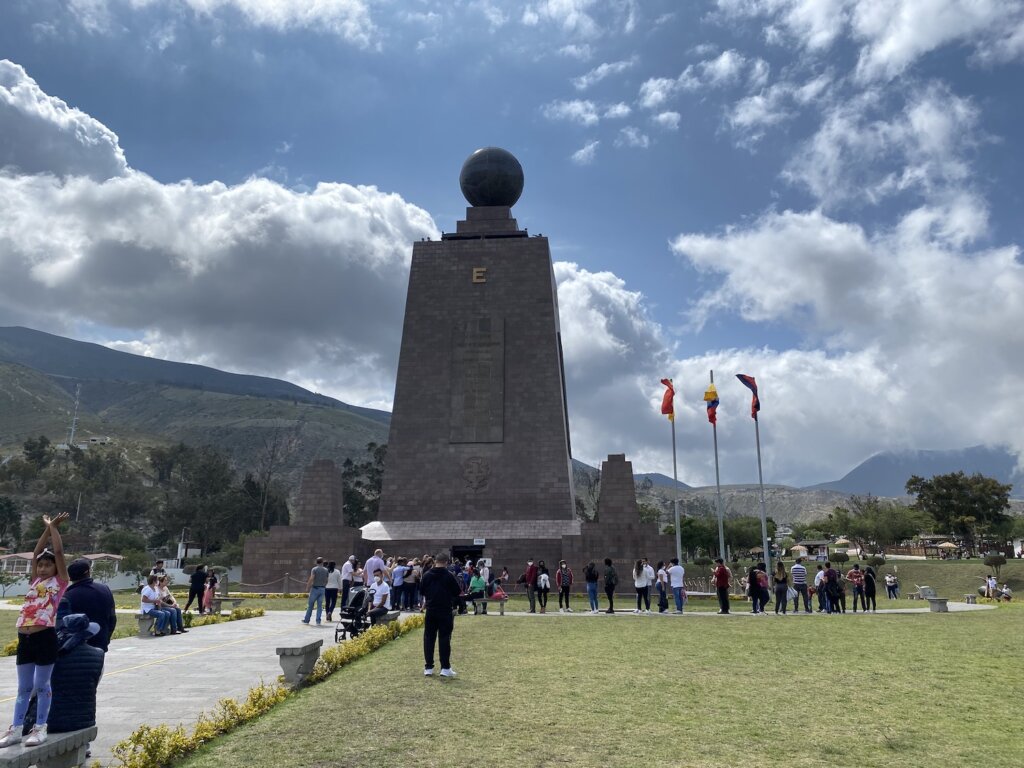
We chose to uber for $10 and go a bit earlier in the day. The entrance fee once you arrive is $10 a person. Your entrance fee allows you to see the large monument and the surrounding shops and restaurants. We ate lunch here which was very good then wandered around the monument for a bit. There were a lot of people and a very long line to enter the monument. There is an elevator that takes you up near the top but we didn’t feel like waiting in line so we skipped it.
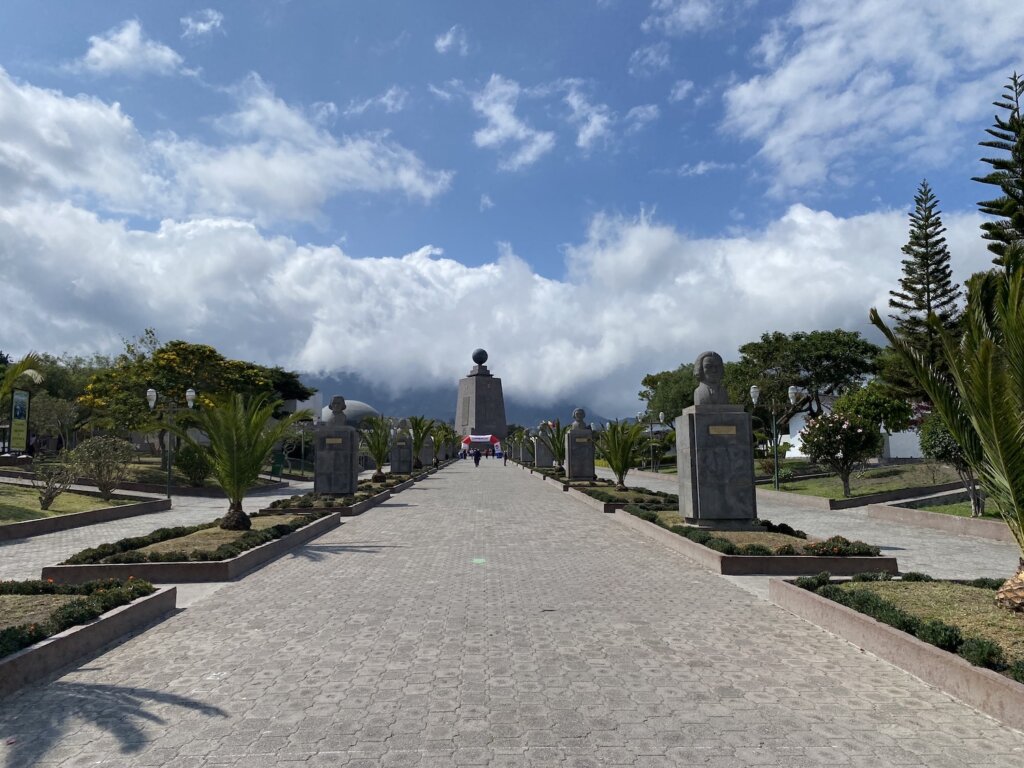
Also in this area you will find, Museo de Sitio Intiñan. The entrance fee here was $2-3 per person. They don’t have a website but they are about 3-5 min walk away from Mitad del Mundo. Walking along the road, the sidewalk does end before you get to the museum. It seems like you’re not really walking towards anything substantial. We were a little worried for a minute but then we rounded the corner and saw the museum.

The tour at the museum is offered in Spanish and English. You will get some history about the rainforest and the people who lived in this part of the world. After that you will get to participate in several experiments to prove you are at the equator. The best one was the water swirling as it goes down the drain. It truly does go counterclockwise in the north, clockwise in the south and straight down at the equator. You will see all of this demonstrated with the direction changing only several feet off the actual equator in either direction.
You can visit mitad del mundo and Museo de Sitio Intiñan in an afternoon. We spent a couple of hours here before ubering back to the city. Back in the city of Quito, we have several food recommendations:
Pizza at La Granja: This place was right outside our hotel so we enjoyed dinner here one evening. The pizza was delicious and the owner is super nice.
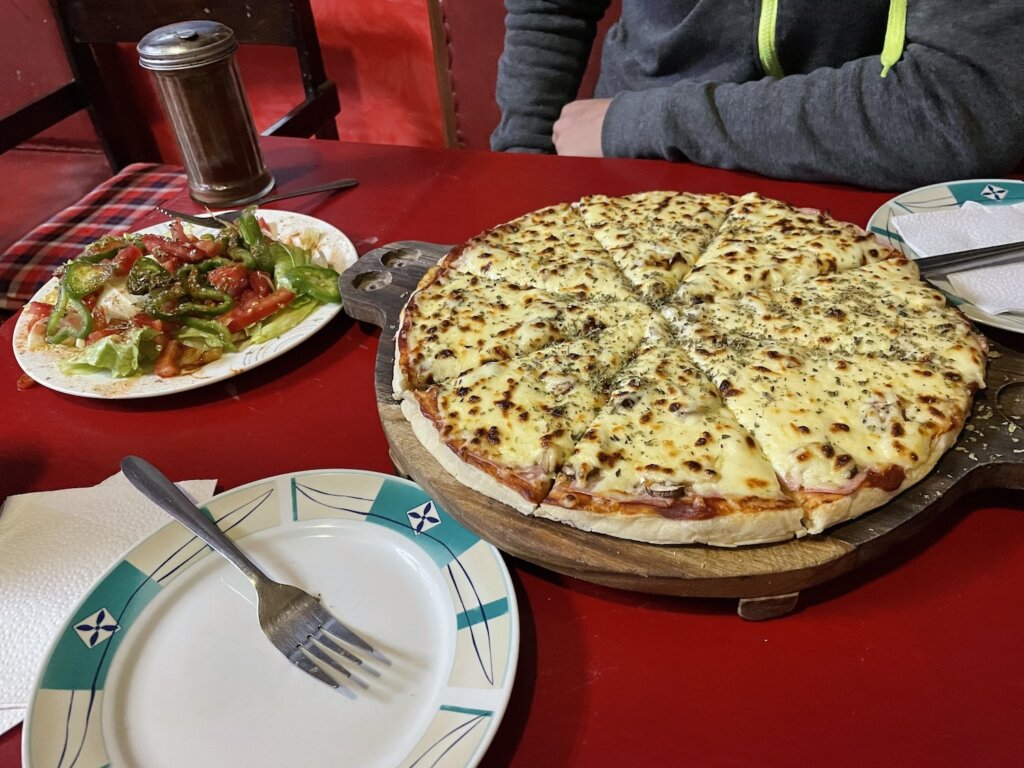
Bandido brewing: This is located right across from the community hostel. We did the 2:30pm walking tour and got there a little early so we enjoyed a beer here before our tour.
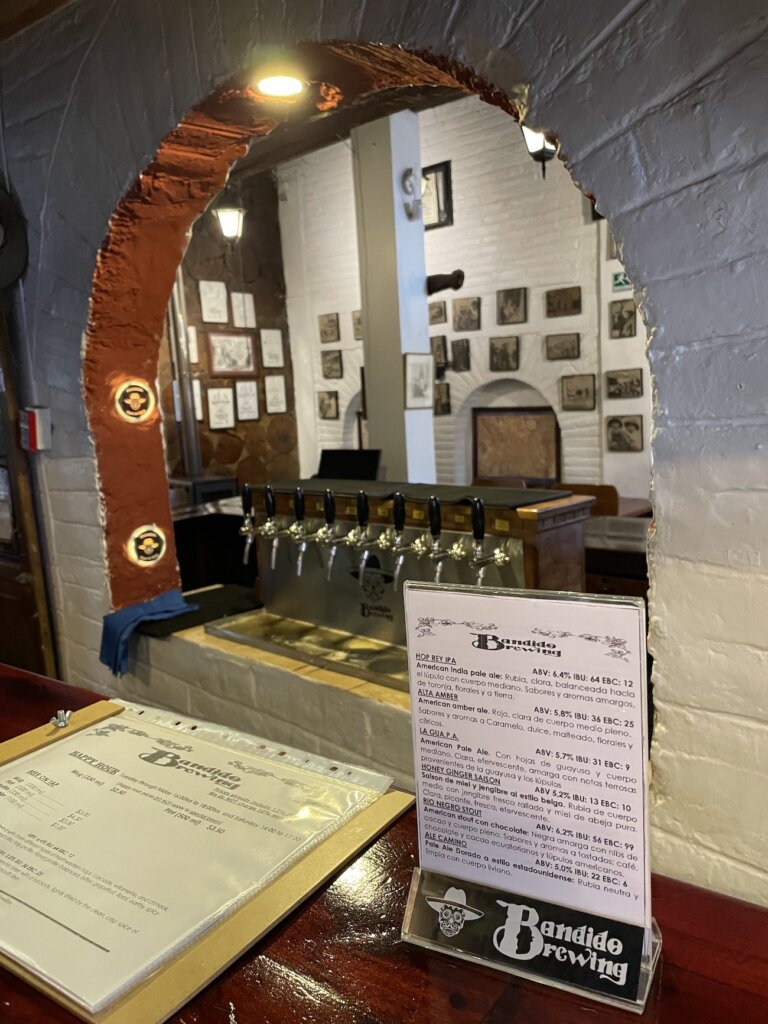
Hasta la Vuelta, Señor: This place is located in a beautiful indoor courtyard type building. We had really good potato cheese soup (Locro) here.

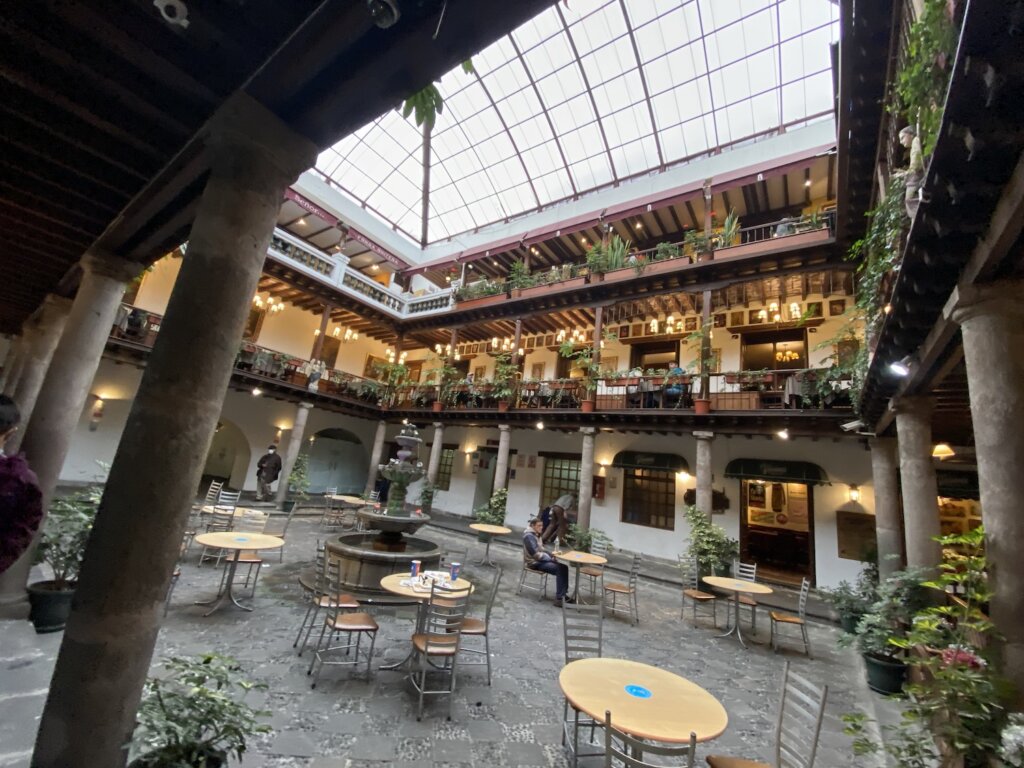
We didn’t eat in the market, we meant to but we just didn’t get back there after our walking tour. The central market in any city is always a great way to get local food at a good price!
Accommodations:
Breakfast was provided at Hotel David where we stayed. They served breakfast on the top level of the building with great views of the city as we ate. Breakfast here was good and the staff were very nice. The hotel was great walking distance to everything we wanted to see. Parking was available on site for an extra $5 a night. Parking in Quito can be challenging to find so we would highly recommend this place, especially if you have a car.
We ended our trip in Quito, staying in La Floresta which was a completely different experience. That part of town is a lot quitter, more residential with lots of cafes and restaurants. This is also where we found the best street food in Quito.
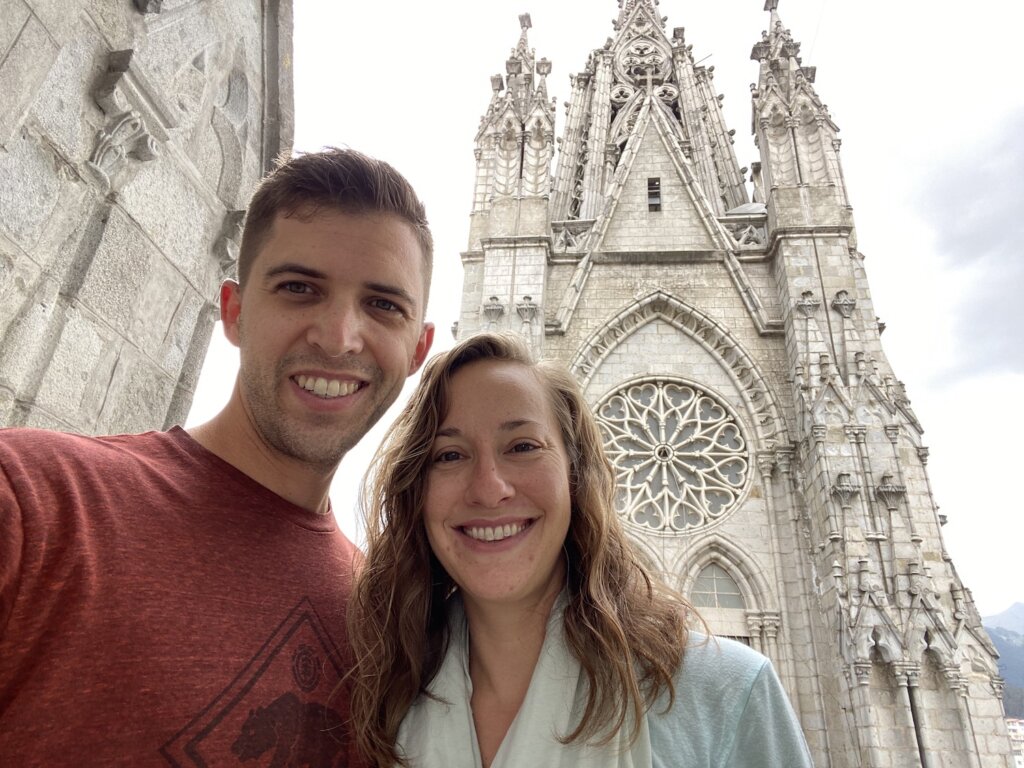
There is way more to Quito that we didn’t get to explore as we were only in the city a few days. What did we miss? What are your favorite parts to of this city? Leave us a comment below
For More on our trip through Ecuador:


